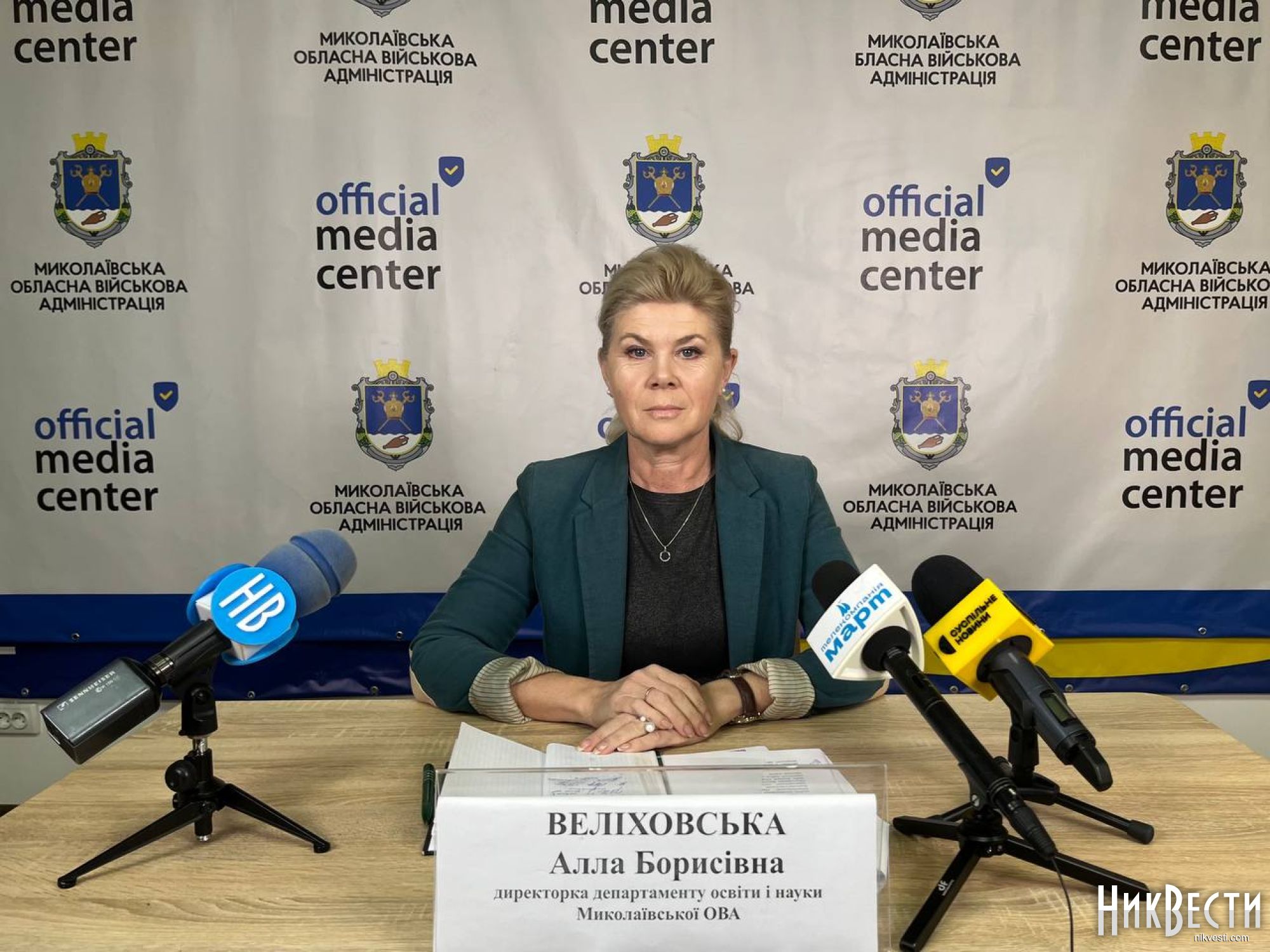Approximately ₴6.7 billion is needed to equip shelters in all educational institutions of Mykolaiv Oblast
-

- Olena Kozubovska
-
•
-
19:11, 23 April, 2024
About 6.7 billion hryvnias are needed to arrange shelters in all educational institutions of the Mykolaiv region.
Alla Velikhovska, the director of the Department of Education and Science, named such figures, writes NikVesti.
She noted that more than half of the educational institutions in the Mykolaiv region are ready to enter the face-to-face format of education today.
«Today, more than half of the institutions have the opportunity to switch to online education. There is a shelter there, food blocks have been built there. Most children will go to school with pleasure,» said Alla Velikhovska.
The other half of the educational institutions are not ready to receive students, due to the lack or inadequate condition of shelters.
«We currently have basements in educational institutions, not everyone has the opportunity to make a shelter there. Therefore, we are considering modular shelters. If we take the numbers, then we need 6.7 billion hryvnias in order to make shelters in the educational institutions that need it in the Mykolaiv region. This is based on very rough calculations,» Alla Velikhovska noted.
What about children's education in Mykolaiv?
Mykolaiv schoolchildren have been studying online since the beginning of the full-scale invasion of the Russian Federation. Although the government, with the help of donors and the state, is actively setting up shelters in educational institutions, which sometimes causes indignation among the townspeople.
The refusal of children to go to school is a guarantee of their personal safety, because Mykolaiv is still in the zone of possible ballistic damage from the Russian military, says Mayor Oleksandr Sienkevych. At the same time, he emphasizes the importance of preparing shelters and resuming education in schools when the Armed Forces move the front line.
Currently, shelters have been installed in 37 educational institutions out of 142 schools and kindergartens in Mykolaiv. At the end of December 2023, the commission recommended the opening of seven more educational institutions with shelters.
In the next few years, the authorities plan to equip 54 shelters in kindergartens, schools and lyceums in Mykolaiv.
We will remind, this year the outflow of students was recorded in the schools of Mykolaiv. Compared to the last academic year, the number of schoolchildren decreased by 3,300. Vitalii Kim, the head of Mykolaiv RMA, explained that the city's schools work online because they are still targets for the Russian army. Vitalii Kim also explained that the decision on the offline operation of the city's schools will be made by the Office of the President and the Ministry of Education.
Where in Mykolaiv Oblast is there offline education?
57 educational institutions were allowed to work offline in the Mykolaiv region. Most of them are schools of Voznesensk and Pervomaisk districts. In addition, 94 schools work mixed, that is, children study offline in a certain order, for example, one week after another. Another 277 educational institutions work online.
It was also possible to organize an offline educational process in the front-line Ochakiv, which is still in the zone of damage by the enemy's anti-aircraft missile system. There is a mixed form of education.
According to the monitoring of the Department of Education of the Mykolaiv City Council, 65% of schoolchildren want to study full-time.
How do children learn in front-line cities?
As you know, a similar project for the construction of an underground school was implemented in Kharkiv. The building is built according to the highest safety standards, has 20 classrooms and is designed to accommodate 900 students in two shifts. In general, distance, offline and mixed forms of education operate in the city.
At the end of March, for the first time since the beginning of the full-scale war, 24 schools in Zaporizhzhia returned to the mixed education format. Schools in Dnipro also operate in a mixed format.
And in Odesa, in 2024, almost all educational institutions will work full-time.




